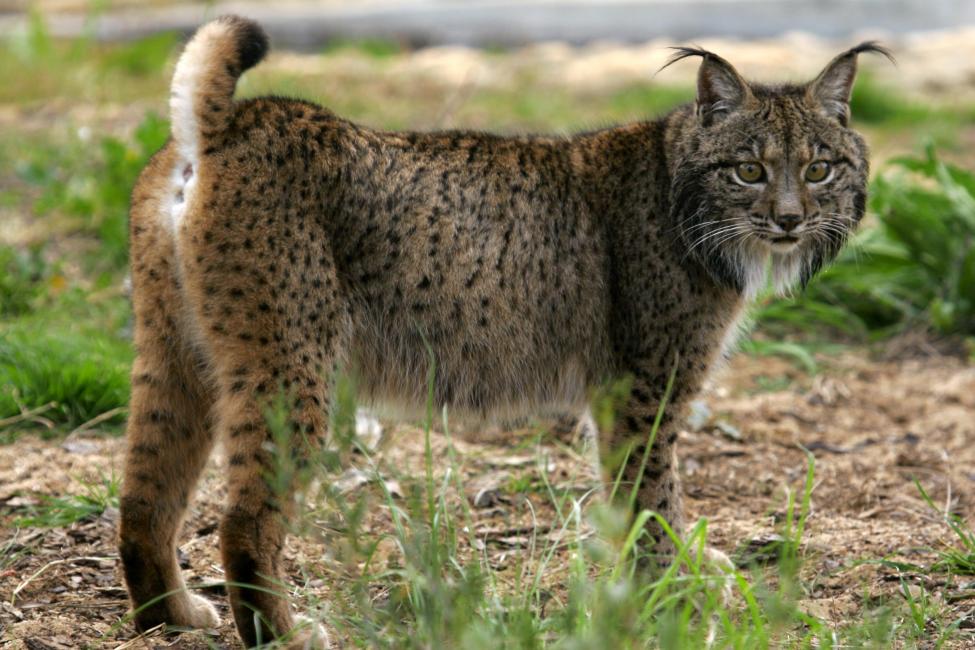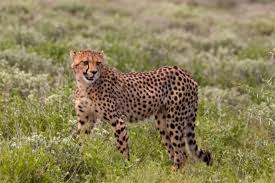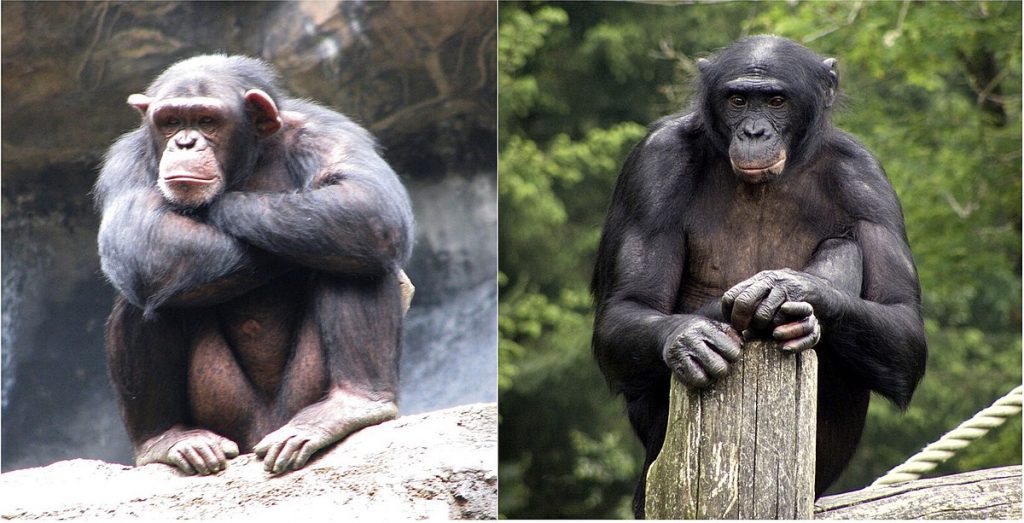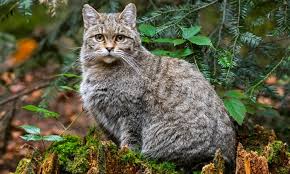Back in 2002 there were only 94 Iberian lynx left in the wild. This wild cat had declined for a number of reasons, unfortunately all down to humans.

The main threat to Iberian lynx was the loss of their main prey. Back in 1952 a doctor, fed up of rabbits overrunning his garden, introduced Myxomatosis. Myxomatosis is an illness, which kills rabbits. Within 2 years this illness had spread across Spain, and eventually went on to reduce the population by 95%.
Continue reading “Iberian Lynx continues to recover”
















